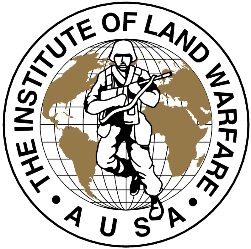New Paper Highlights Technology Challenges
New Paper Highlights Technology Challenges

Superior technology has contributed to U.S. military victories, but on its own it does not guarantee success, says a new report from the Association of the U.S. Army’s Institute of Land Warfare.“Innovation and Invention: Equipping the Army for Current and Future Conflicts” was written by Richard Lim, a national security analyst at the institute. In the National Security Watch report, Lim endorses the view that the Army needs superior technology to “capture the initiative quickly and create multiple dilemmas, thereby limiting the opponent’s options on the battlefield.” Lim also predicts the need for technological advances will grow in importance as a way of coping with a widening range of threats, adversaries with advanced capabilities of their own and a constrained budget environment.“Advanced technology, properly applied, is vital to meeting the challenges of tomorrow’s operating environment,” Lim writes. “While technology is not a panacea, it does provide a significant edge in deterring and defeating potential enemies.” He warns, however, that technology “is unpredictable; it can be very difficult to discern which weapon systems will become game-changers.”Retired Army Lt. Gen. Guy C. Swan III, the Institute of Land Warfare’s executive director and AUSA’s vice president for education, said the paper described the Army’s “multiphase strategy to concurrently pursue innovation, product improvement and invention to ensure that it remains the world’s most advanced ground force today and in the future.” He also said the paper discusses the challenge of operating in a fiscally constrained environment, and shows examples of human persistence and ingenuity prevailing over a technologically superior enemy.The report is available here.

